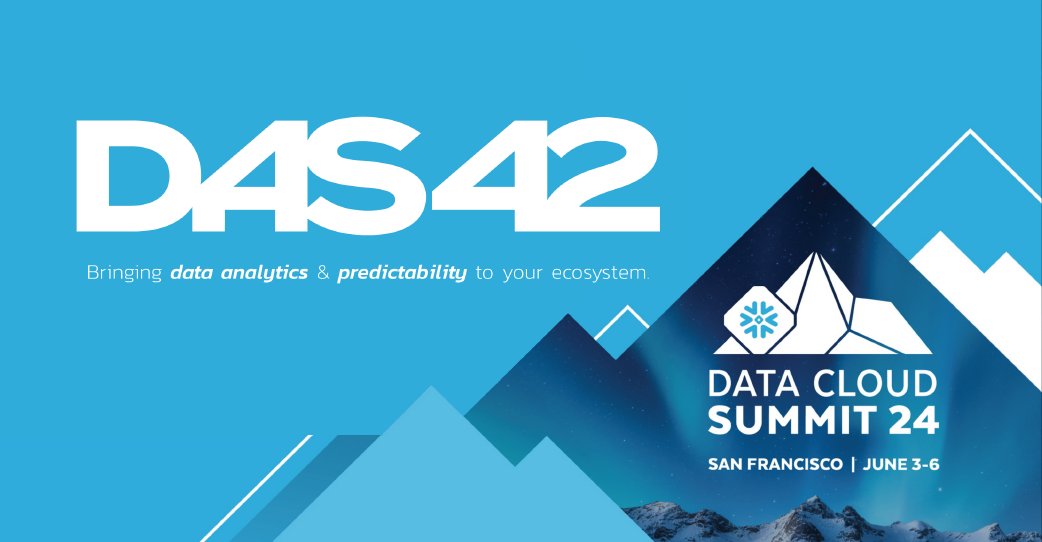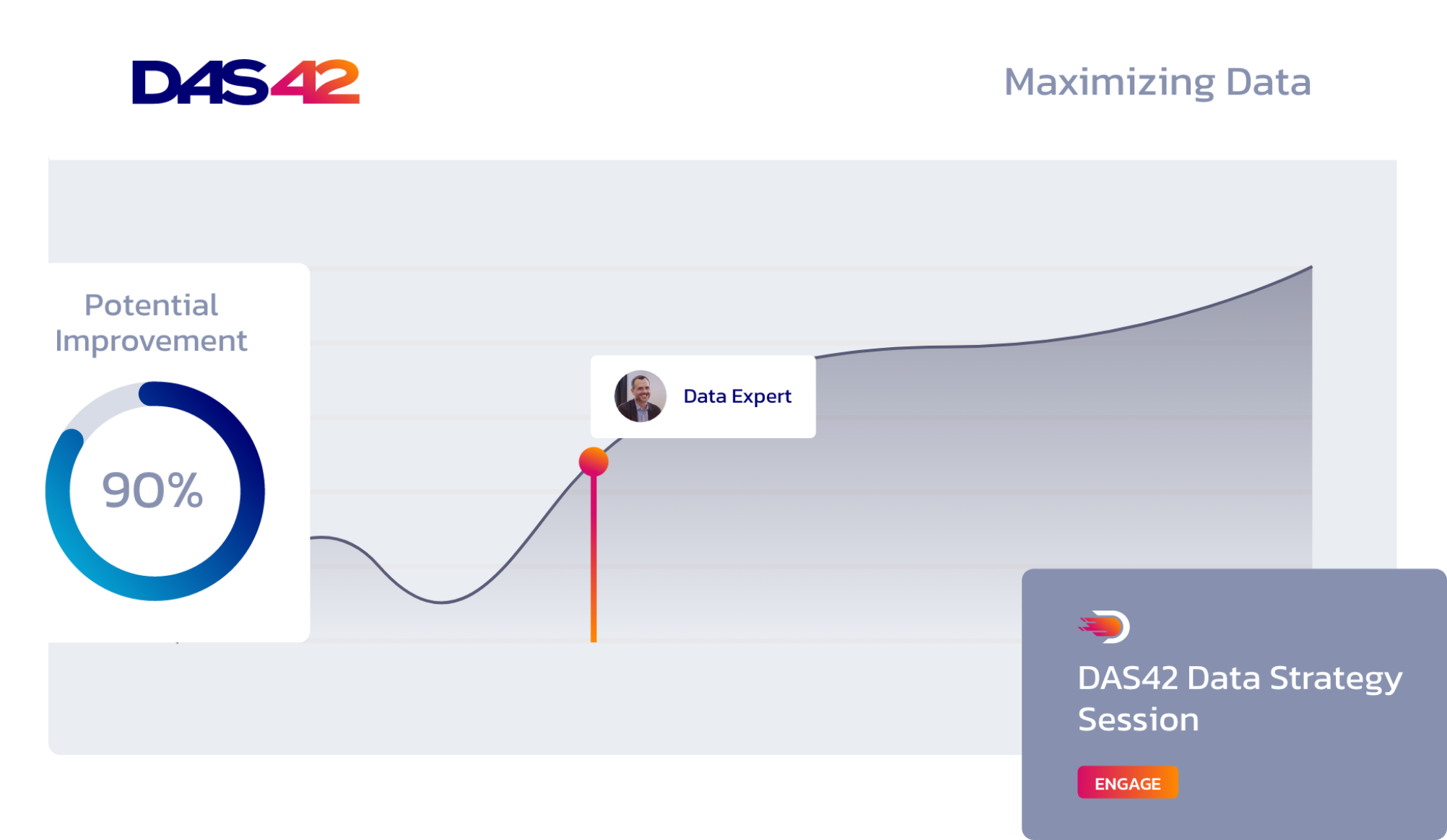Navigating Data Maturity: Tailored Technology Recommendations for Every Business Level
Building the right data architecture for your organization can be daunting — even overwhelming. You want to be scalable so that the technology can grow with your organization. You want interoperability instead of getting locked into a particular technology that won’t talk to other systems. You want to be forward-thinking but not so forward-thinking that you’re spending an arm and a leg on technologies you can’t use yet. You want to move quickly but don’t want to sacrifice quality. You want to align the business needs with your team’s skills. You want to balance time-honored best practices with innovative approaches and customized solutions that let you outpace your competitors. And you want to do it all without breaking the bank.
It’s a big ask for everyone, from a brand-new startup to a huge enterprise, and each level of data maturity presents distinct challenges and opportunities. In this post, I’ll walk through technology considerations for organizations at each level of data maturity. (If you’re unsure where you stand on the data maturity curve, take DAS42’s free assessment here.)
Level 0: Unaware
The “unaware” business could be a brand-new organization or perhaps a more established but now growing small business. It relies heavily on spreadsheets, email, and other manual processes for its data management needs and either lacks data-specific tools or has sought to use only free technologies.
The first step for these businesses is establishing a core data architecture that can scale for their needs. The most crucial building blocks here are a cloud data warehouse (Snowflake is our favorite) and a tool to ingest data into that data warehouse with regular updates, such as Fivetran or Matillion. Another recommendation is to get a version control system like GitHub to keep the history of your code, make it easy to collaborate and review each other’s changes, and easily roll back to a previous state if you accidentally break something. You can start with the free version and upgrade to a paid plan when needed. Considering which tools to select here, you’ll probably be primarily concerned with cost, but you must also consider scale. Don’t just look for the cheapest tool; you’ll soon be looking at the pain of migrating to another. Instead, choose tools that charge based on usage.
Other considerations: bring the right technical expertise to support this initiative and ensure your employees understand your change. Why you’re making it — buy-in is critical to adoption. Finally, to go beyond the basics, consider your cloud storage options and think strategically about which significant data clouds (AWS / Amazon, Azure / Microsoft, or GCP / Google) best suit your long-term needs. Don’t just default to picking whoever is hosting your email accounts and spreadsheets today! Do your research and develop your long–term technology strategy.
Level 1: Early
Businesses at this level are often slightly larger but rely on legacy systems. Over time, it has recognized its technologies’ limitations and seeks to modernize its data approach. In addition to the cloud-based data warehouse and ingestion solutions mentioned for Level 0, “early” businesses are looking for tools that will help leverage data for descriptive analytics — in other words, describing the current state of the business. A business intelligence tool is probably at the top of mind, but I also suggest ensuring a solid foundation with a project management platform. Consider a BI tool that embraces self-service capabilities — that lets business users explore and answer their questions instead of going to the data team.
At this point, it is also a great time to establish clear definitions for key performance indicators (KPIs) and other metrics, dimensions, groupings, etc. I encourage establishing strong documentation practices, which can be eased by choosing tools that help automate this or make it a part of your day-to-day practice — for example, BI tools that let you have a description on every field. As these businesses progress, implementing orchestration tools, robust governance frameworks, and streamlined processes will further enhance their analytical capabilities.
Level 2: Reactive
Organizations are enthusiastic about leveraging data in the reactive stage but face governance and data quality challenges. It may be a difficult time in the business when what is needed of data outstrips what can be accomplished in its current state. Establishing governance frameworks, implementing robust data cataloging mechanisms, and investing in data quality and monitoring tools are essential to address these challenges. Critical considerations for this phase are data fluency training and developing a data-driven mindset across the organization, which flows naturally into identifying data stewards responsible for given subject areas or metrics. It’s also an excellent time to think about implementing security measures, such as data masking, to limit who can see sensitive information.
Level 3: Proactive
Organizations have gained department-specific insights at this stage but may still need a holistic business view. Now is the time to fully centralize your data, designing it around existing concepts across multiple tools. More advanced orchestration using a tool such as Airflow is often essential to facilitate this shift. Some organizations need customer activation systems via a composable CDP or reverse ETL system like Hightouch. Enhancing self-service efforts and the ability to deconstruct those data silos can also benefit from a semantic data layer, like the ones offered by Looker and AtScale. Finally, ensuring that your collaboration tools are up to speed will help you to encourage cross-functional understanding. Look at your business’s organizational change management needs now, as the shift from siloed to centralized can be difficult for many. Continue fostering the culture of data-driven decision-making, and don’t let centralization dilute people’s sense of ownership and responsibility. If you want to go above and beyond at this step, consider using third-party data, securely sharing your data (e.g., with partners, franchisees, etc.), and bringing on a data observability system.
Level 4: Optimized
Optimized enterprises have established a governed environment with rapid deployment capabilities. These businesses are adaptable and excited about data but are practical about its application and costs. But what do they still need?
- Process streamlining and automation can be accomplished within the data pipeline.
- Code linters and deployment tests through GitHub Actions or more out-of-the-box CI/CD systems are a good step here.
These organizations often look to do smart machine learning, so investing in a managed platform like Dataiku puts them on the path to smart, collaborative, and governed machine learning (ML). At this stage, balancing innovation and governance is important — business needs and data talent. In other words, your data team might be itching to do ML, but you must ensure you’re doing it correctly and for the right reasons. Another common need at this time is cost optimization. If that’s where you are, learn more about my preferred approach — optimizing by prioritizing the user experience.
Level 5: Predictive
At the pinnacle of data maturity, organizations have integrated data into their daily operations across the business. Most likely, they already have established and effective data science workflows, but these may still be run in data scientists’ individual environments, with some inefficiencies and limited cost controls. What’s next for these cutting-edge powerhouses? Snowflake Cortex offers a new option for centralizing AI operations, and these organizations are also keen on going beyond what the marketplace provides “out of the box.” Streamlit (also available as Snowflake-hosted) offers a dynamic interface for the design of custom applications. Critical considerations at this stage are the classic “build vs. buy” conundrum and challenging conversations around ethics in AI applications. Exploring opportunities for monetization of data assets and embedding data into external applications for broader impact can create further competitive advantages in the market.
In conclusion, the right technology choices can propel your business forward at every level of data maturity. By understanding where your organization stands and tailoring technology recommendations accordingly, you can unlock the full potential of your data assets and drive sustainable growth. If you’re ready to elevate your data strategy, DAS42 is here to help you navigate the complexities of your data strategy, management, implementation, and optimization.
DAS42 is a premier data and analytics consultancy with a modern point of view. We specialize in solving some of the most complex business challenges for the world’s most successful companies. As a Snowflake Elite Partner, DAS42 crafts customized strategies that create a single source of truth and enable enhanced and faster decision-making. DAS42 has a presence across the U.S. with primary offices in New York City and Denver. Connect with us at das42.com and stay updated on LinkedIn. Join us today on our journey to help you realize the possibilities of transforming your business through data and analytics.
Services provided









